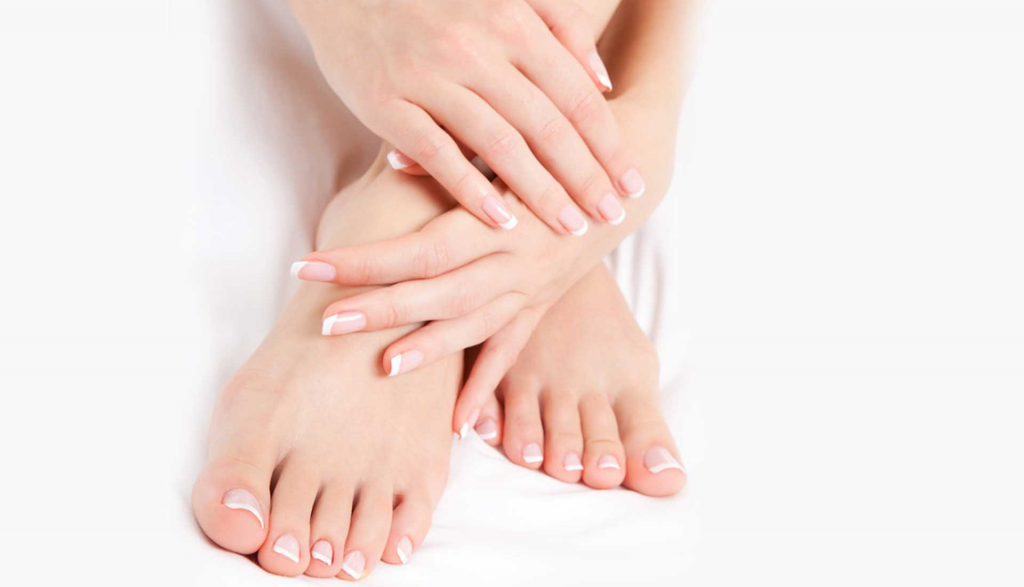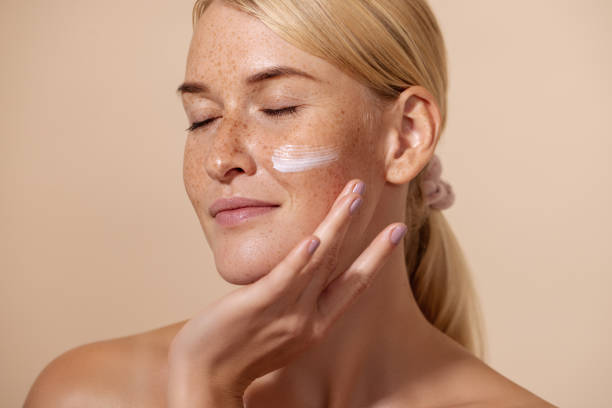Taking care of your feet is not only about looking beautiful but also ensuring they feel soft and supple. From changing seasons to daily activities, your feet are one of the hardest working parts of your body and they deserve attention. In this article, we’ll unlock the secrets to get rid of dry skin and reveal easy ways to achieve baby soft feet. Whether you’re wearing socks all day or walking around barefoot, we’re sure these tips will leave your soles feeling smoother and more pampered than ever before.
Understanding the Basics of Foot Skin Care
The skin on our feet is uniquely structured to withstand the pressures of daily movement and weight-bearing, which can often lead to hard skin and calluses, particularly if your feet are frequently confined in shoes. Moisturizing regularly helps keep your skin barrier intact, preventing cracks and other uncomfortable conditions. It’s essential to start with comprehending why our feet become rough and how everyday habits can help in maintaining soft, healthy skin. Exfoliation is very important in removing dead cells that build up over time, which, if neglected, can cause drying and cracking. Using the right scrubs and creams could also be a game changer in your foot care routine.

Starting with a Soothing Soak: The First Step to Soft Feet
Beginning your foot care routine with a warm water soak not only feels relaxing after a long day but also helps soften the outer layers of skin, making it easier to exfoliate. Adding one or two ingredients such as Epsom salts, bath oils, or even a splash of vinegar can achieve even better results. Here is a simple table of ingredients you can include in your foot soak, along with their benefits.
| Ingredient | Benefits |
|---|---|
| Epsom Salts | Helps relax muscles, reduces swelling, and exfoliates dead skin |
| Apple Cider Vinegar | Great for treating fungal infections and softens hard skin |
| Baking Soda | Neutralizes foot odor and helps remove rough spots |
| Essential Oils | Adds aromatherapy benefits and can help with moisturizing |
Make sure to soak your feet for about 15-20 minutes to help prep the skin for the next step: exfoliation.
Exfoliation: The Key to Removing Dead Skin
Gently scrubbing your feet with the right tools and products will help you get rid of those stubborn layers of dead skin. Pumice stones and foot files are an excellent choice for smoothing especially rough areas, while exfoliating scrubs can pamper the entire foot. Here is a numbered list of steps to effectively exfoliate your feet:
- Start by gently rubbing the pumice stone or foot file on the heels and sides of your feet, where hard skin is common.
- For a homemade scrub, mix one part sugar or sea salt with two parts coconut oil or olive oil for a natural exfoliator.
- Gently massage the mixture onto your feet, focusing on the roughest areas, then rinse with warm water.
This exfoliation process not only removes dead skins but also improves circulation, leaving your feet feeling revitalized.

Moisturizing: Locking in the Softness
After thorough exfoliation, it’s crucial to moisturize your feet to maintain the softness achieved. Moisturizing creams, enriched with ingredients like shea butter, cocoa butter, or natural oils, are perfect for nourishing and hydrating the newly revealed skin. Here’s how you should apply your moisturizer for the best results:
- Gently apply a generous amount of cream or oil to your feet, paying extra attention to the heels and other dry areas.
- For added moisturization, try applying coconut oil or a natural moisturizer such as shea butter before bed, then put on clean socks to lock in the moisture overnight.
- By the morning, your feet will feel extra soft and smooth.
Special Treatments and Considerations
Sometimes regular exfoliation and moisturizing might not be enough for persistent calluses and corns. In such cases, specialized treatments might need to be considered. Over-the-counter options like medicated pads or creams that contain salicylic acid can help in treating dry, hardened areas. If at-home care does not improve the condition of these areas, it could be time to seek professional help. Podiatrists can offer treatments such as custom orthotics or professional debridement to help you maintain healthy and beautiful feet.
Consistency Is Key: Building a Foot Care Routine
Like every aspect of personal care, consistency is essential when maintaining soft feet. Develop a daily routine of cleaning, moisturizing, and occasionally, exfoliating your feet. This will not only help in preventing the build-up of hard skin but also ensures that your feet stay comfortable and soft in the long run. Remember, foot care is a form of self-care and it should always make you feel especially pampered and relaxed.
Prevention Tips and Lifestyle Hacks
Achieving soft feet is not just about reactive care; prevention plays a crucial role as well. Choose appropriate footwear to avoid rubbing and causing blisters, which can lead to rough skin. Hydration and a balanced diet can also improve your skin’s overall health, and incorporating foot stretches and exercises can prevent calluses. Remember, your daily habits have a significant impact on sustaining soft, supple feet.

Conclusion
With the right techniques and a bit of time invested each day, you can achieve feet that are as soft as a baby’s skin. From starting with a warm soak to exfoliating, moisturizing, and treating any problematic areas, the path to soft feet is simple. Foot care should be a key part of your self-care regimen, and with the guidance provided, you’ll be sure to enjoy soft, healthy, and beautiful feet.
FAQs
How often should I exfoliate my feet? Ideally, you should exfoliate your feet one to two times a week. Adjust the frequency based on your skin’s response to prevent irritation.
Can I use body lotion on my feet? Body lotion can be used but opt for thicker creams or ointments formulated for the feet for optimal results.
Is it better to moisturize feet in the morning or at night? Nighttime is best for moisturizing your feet as it allows the product to absorb deeply while you sleep.
Can walking barefoot contribute to rough feet? Walking barefoot, especially on harsh surfaces, can lead to rough and calloused feet. It’s best to wear supportive footwear.
What are the signs that I should see a foot specialist? Persistent pain, deep or bleeding cracks, signs of infection, or unresponsive conditions should be evaluated by a specialist.





